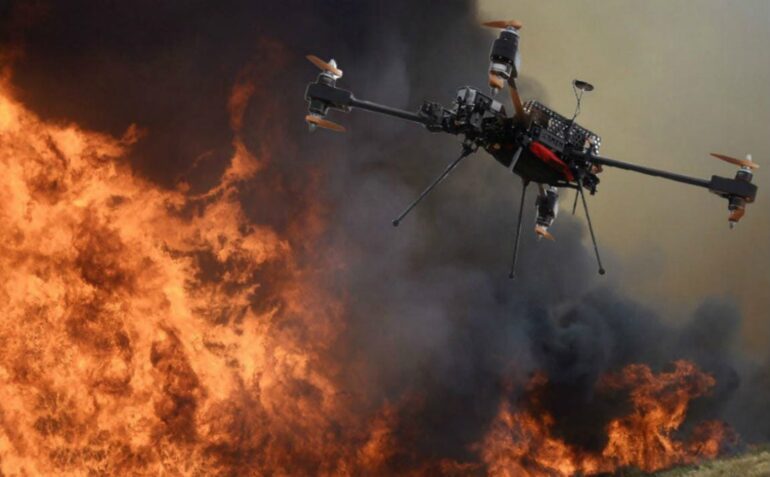TL;DR:
- Artificial intelligence (AI) is playing a pivotal role in accelerating disaster recovery.
- AI’s machine learning algorithms analyze real-time data to identify patterns and inform recovery efforts.
- Satellite imagery and AI algorithms accurately assess and target the most impacted areas for the focused response.
- Drones and UAVs equipped with cameras and sensors provide vital data for emergency responders and resource allocation.
- AI monitors social media to combat misinformation and coordinate response efforts.
- Machine learning optimizes logistics, routing emergency vehicles swiftly to affected areas.
- AI analyzes data on economic, social, and environmental impacts to guide long-term recovery strategies.
Main AI News:
The transformative influence of artificial intelligence (AI) in expediting disaster recovery has gained immense traction in recent times. With the relentless onslaught of natural calamities devastating communities worldwide, the dire need for efficient and effective recovery strategies has become more pressing than ever. AI technology emerges as a beacon of hope, offering promising solutions to this arduous challenge by enabling governments, organizations, and individuals to respond promptly and resourcefully in the aftermath of disasters.
An instrumental aspect of AI’s role in disaster recovery lies in its deployment of machine learning algorithms. These sophisticated algorithms possess the ability to analyze colossal volumes of real-time data, facilitating the rapid identification of patterns and trends that can significantly inform recovery efforts. For instance, AI can accurately predict the trajectory of hurricanes or the spread of wildfires, empowering emergency responders to allocate resources optimally and potentially save lives.
Moreover, AI can be harnessed to assess the damage inflicted by a disaster with superior accuracy and efficiency compared to traditional methods. By amalgamating satellite imagery with machine learning algorithms, authorities can swiftly identify the areas most severely impacted by a catastrophe, paving the way for a more targeted response. This technology also facilitates monitoring the progress of recovery endeavors, ensuring the effective utilization of resources and the continual advancement of the recovery process.
Another paramount application of AI in disaster recovery resides in the utilization of drones and other unmanned aerial vehicles (UAVs) to survey affected regions. Equipped with cutting-edge cameras and sensors, these devices collect invaluable data concerning the extent of the damage, the whereabouts of survivors, and the accessibility of affected areas. Subsequently, this information is utilized to guide the deployment of emergency responders and the allocation of resources, thereby expediting the recovery process.
Furthermore, AI assumes a pivotal role in disseminating accurate information during and after a disaster. By monitoring social media platforms, AI algorithms can swiftly identify and track the spread of misinformation, guaranteeing that those affected by the catastrophe have access to reliable and up-to-date information. This not only prevents panic and confusion but also facilitates the coordination of emergency responders and volunteers in their efforts.
Additionally, AI can enhance the efficiency of logistical operations throughout the course of disaster recovery. Machine learning algorithms can optimize the routing of emergency vehicles, ensuring that essential supplies and personnel reach affected areas with utmost swiftness. This capability proves especially invaluable in scenarios where infrastructure has suffered severe damage or destruction, rendering traditional navigation methods less effective.
Lastly, AI can play a pivotal role in supporting the long-term recovery and rebuilding process following a disaster. Employing machine learning algorithms to analyze data on the economic, social, and environmental impacts of a catastrophe aids in formulating strategies for rebuilding and recovery. This ensures effective resource allocation and addresses the needs of affected communities with greater precision.
Conclusion:
The integration of artificial intelligence in disaster recovery holds immense significance for the market. The advanced capabilities of AI, such as real-time data analysis, accurate damage assessment, and optimized resource allocation, provide a competitive edge to governments, organizations, and individuals involved in disaster response. The market for AI-driven solutions in disaster recovery is poised for growth as the frequency and severity of natural disasters increase. Businesses that embrace AI technologies and collaborate with AI-driven platforms stand to gain a substantial advantage in the market, enabling them to deliver efficient and effective disaster recovery solutions that address the evolving needs of affected communities.

